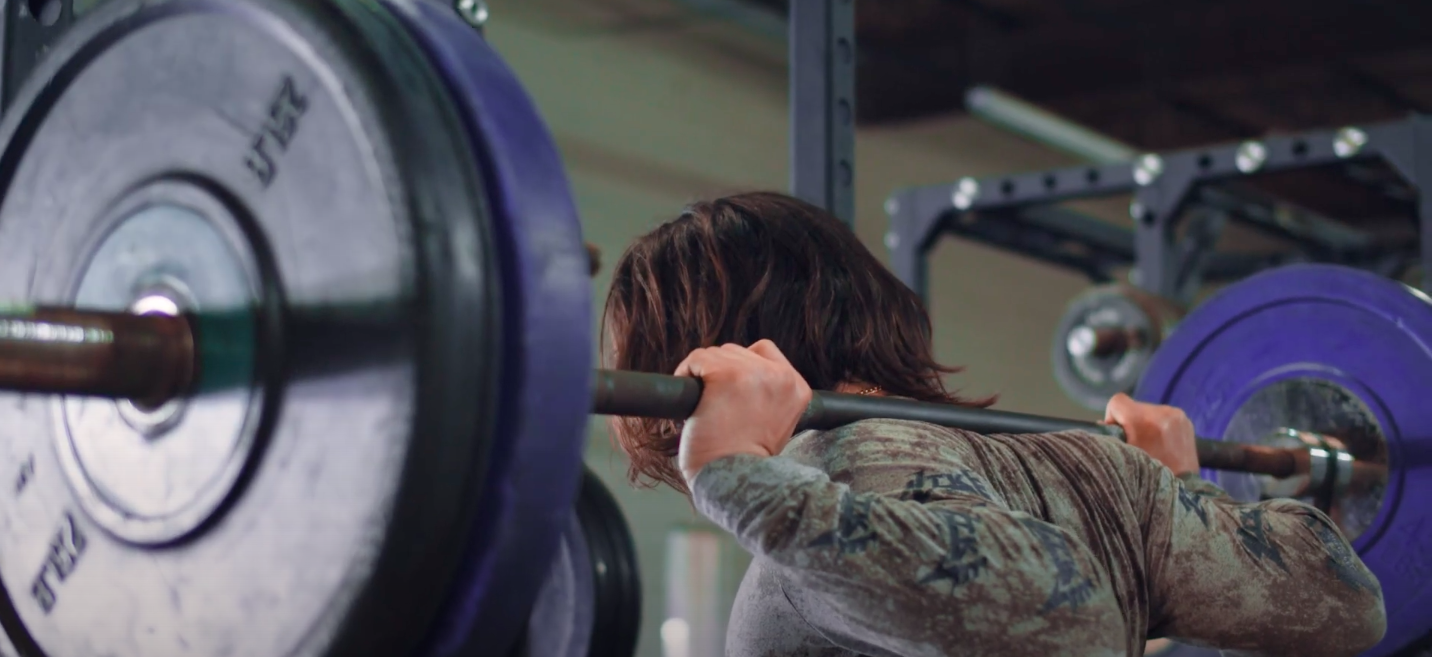Today I’m going over triphasic training tips for athletes so I can teach you how to perform within each phase of triphasic training. This is the most important element in maximizing results and seeing your greatest increase in strength, speed, and agility.

Triphasic training is a specific modality where we attack each phase of a lift to receive the most benefits of that actual phase. Here’s an absolute strength training method (slightly different). For some background, here’s the breakdown of each phase:
- Eccentric: this is where we focus on the stretch reflex or the stretch shortening cycle.
- Isometric: this is where we focus on maximal motor recruitment.
- Concentric: this is where we finish with a focus on rate of force development.
I want to start this out by talking about a common issue I see amongst athletes while performing triphasic training. Oftentimes I see athletes just mindlessly performing exercises like a squat, trap bar deadlift, or bench press – without actually knowing how to reap the stimulus for that movement.
Eccentric Training Tip
While performing something like a back squat, as you move eccentrically (meaning the lowering portion of the movement) you should be aiming for 4-6 seconds on the way down. If you just mindlessly throw the bar on your back and run through reps too quickly, a lot of times you can end up using just the torso rather than building strength in the hips and legs.
To get the stimulus you’re looking for, here’s a triphasic training tip: focus on “screwing” your feet into the ground and actively making the mind muscle connection as you move through the squat. This creates torque through the hips and helps to externally rotate the femur bone.
Isometric Training Tip:
During the phase in which you focus on isometric movement (the pause), your focus should shift to a 4-6 second pause at the bottom of the rep. You can still get the stimulus through a faster eccentric phase, but don’t rush any part of the movement. The whole goal of isometric training is to get maximal motor recruitment and reduce compensation while also increasing tendon stiffness.
Oftentimes I’ll notice that once an athlete gets into this position, they’re fighting to just keep that isometric hold by turning on the quads. The goal however is to get maximal motor-unit recruitment to the glutes. Again this is why we want to focus on external rotation of the hips through that screwing-into-the-floor method. This makes it so that you’re no longer just moving the weight on your back, but also fighting the resistance created by your own body.
Triphasic Training Tips
By adding in this element to your triphasic training, you’re setting yourself up to actually receive the benefits brought on through the three phase approach. Note that this same technique applies with bench press (think about bending the bar in half as you press up and lower down).
I made sure to go over the bench press and back squat since those are some of the most common command movements utilized during triphasic training. I talk to so many athletes going through this three-phase approach to training who just go through the motions and mindlessly try to fight that resistance. I want you to avoid doing this by putting an emphasis on building the proper stimulus through each of the movements.
When applied properly, these triphasic training tips can make or break your strength training for any sport. If you’re looking to develop brute strength, simple progressive overload is the way to go. Join hundreds of other athletes who have been successful using the Athletic Strength Formula program.
Ready to play at the next level? Click the link below: